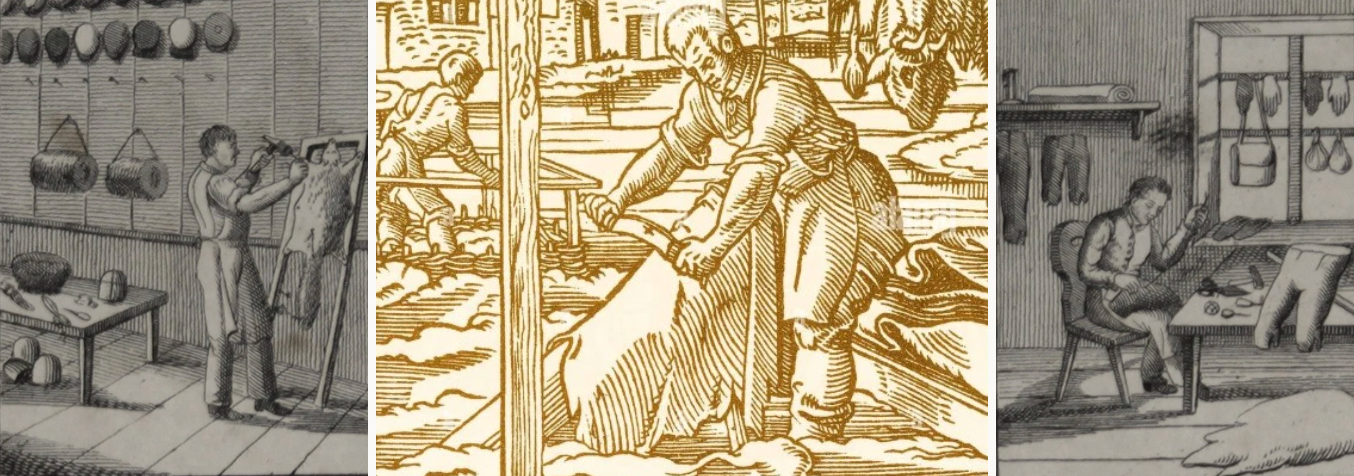
Ever wondered why Florence is the city of leather?
Florence is not just famous for its art, architecture, and Renaissance spirit. Hidden behind the city’s stone walls lies another masterpiece: leather. The bond between Florence and leatherwork is centuries old, and it is one of the reasons why the city still holds the crown as the world’s capital of fine leather.
It all began in the Middle Ages. By the 13th century, Florence was already a bustling trade hub, and its artisans had organized themselves into the Arte dei Cuoiai, the leatherworkers’ guild. This was not just a professional association, it was an institution that set strict standards of excellence, guarded techniques like secrets, and ensured that Florentine leather quickly became sought after across Europe. The city’s geography played its part too: the Arno River provided water for tanning, and the Tuscan hills supplied bark and natural tannins used in vegetable tanning. In Florence, nature and craftsmanship were perfectly aligned.
When the Renaissance arrived, leather in Florence rose to new heights. The patronage of the Medici family turned artisans into artists. Leather goods were no longer just practical, they became symbols of wealth, refinement, and culture. Saddles, trunks, gloves, and bookbindings were decorated with embossing, gold leaf, and intricate hand-tooling. A Florentine leather piece became something more than an object, it was a statement of prestige.
Over time, Florentine workshops refined techniques that still survive today. Among them, the legendary vegetable tanning process, a slow and natural method that produces leather rich in color, supple to the touch, and destined to age beautifully. The leather darkens and softens, telling the story of its journey alongside the person who wears it. Another hallmark is Cuoietto Fiorentino, a decorative style that combines cold gluing, fine stitching, and natural dyes with patterns that make each creation unmistakably Florentine.
Walking through Florence today, you can still hear the rhythm of these traditions. Family-run botteghe, or workshops, continue to craft leather bags, belts, and shoes with the same devotion as their ancestors. Many remain small, discreet, and deeply artisanal, where every piece is born from hours of handwork rather than machines. The Scuola del Cuoio, founded after World War II in the cloisters of Santa Croce, stands as a symbol of this living heritage, training new generations of artisans to carry Florence’s legacy into the future.
But Florence is not a city frozen in time. While honoring its traditions, it also looks forward. Today, many Florentine artisans are embracing sustainability, experimenting with eco-conscious tanning, waste reduction, and innovative design that respects the past while adapting to modern lifestyles. The result is a craft that feels timeless and relevant, ancient and contemporary all at once.
So why is Florence the city of leather? Because here, leather is not just a material, it is a cultural inheritance. Each seam carries centuries of mastery, each patina is a memory etched into time, and each creation is a testament to a city that has always known how to blend beauty with craft.
And at Sara by JG, this heritage is our foundation.
Every bag is born from authentic Florentine leather, selected with care and entrusted to skilled local artisans who preserve these centuries-old traditions in every cut and every stitch. What you carry is more than a bag, it is a piece of Florence, a slice of history, and a bold expression of Italian artistry reimagined for today.

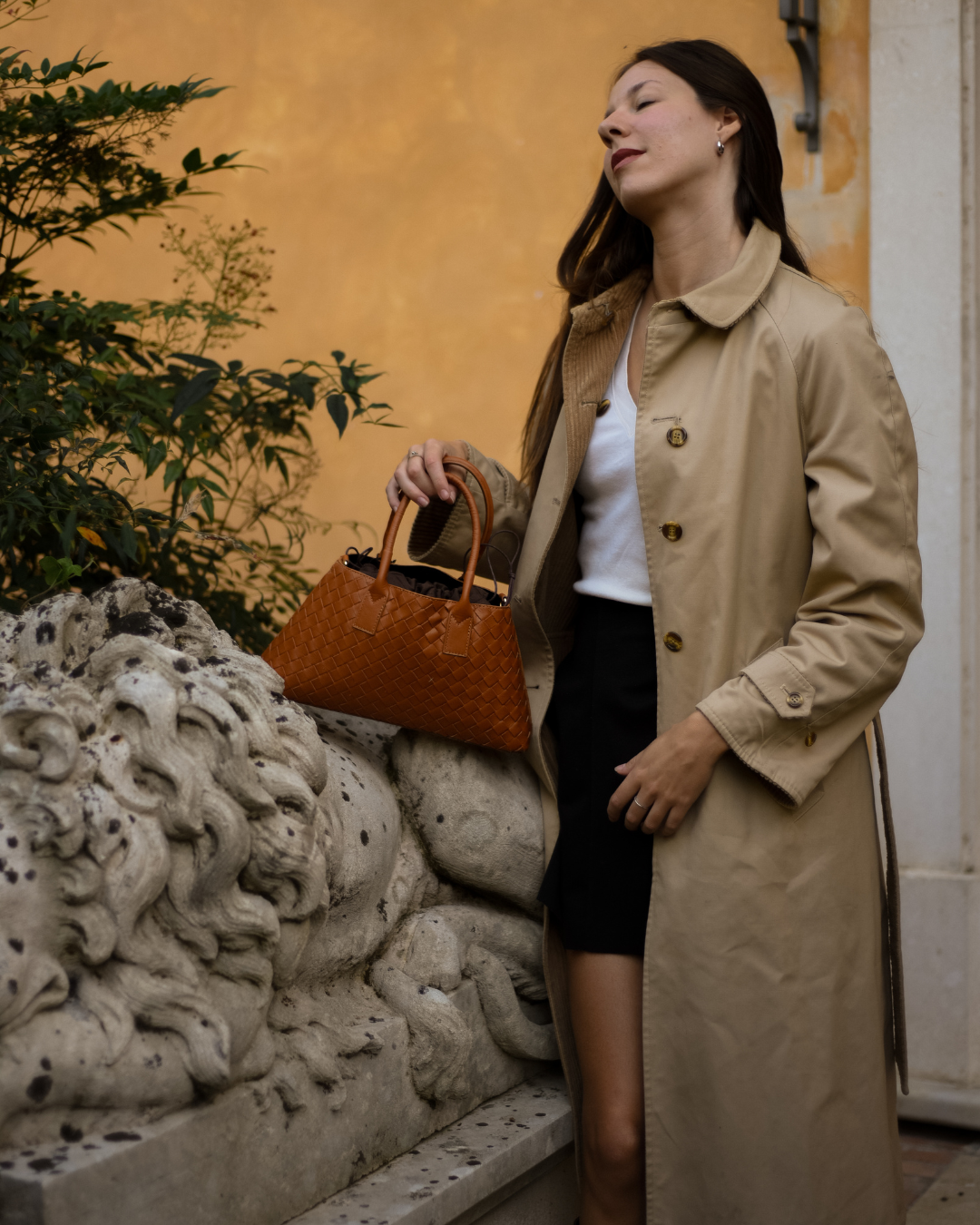
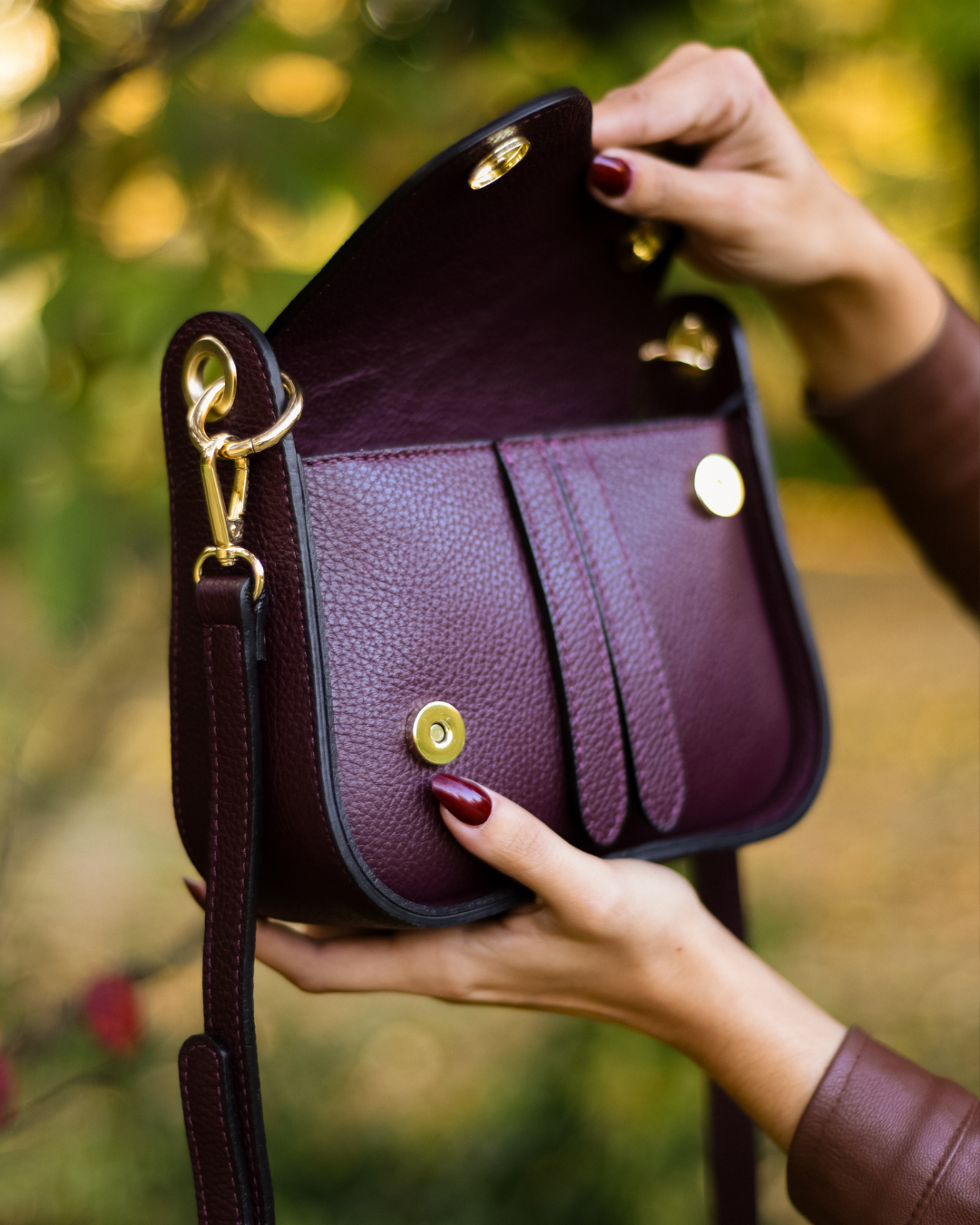
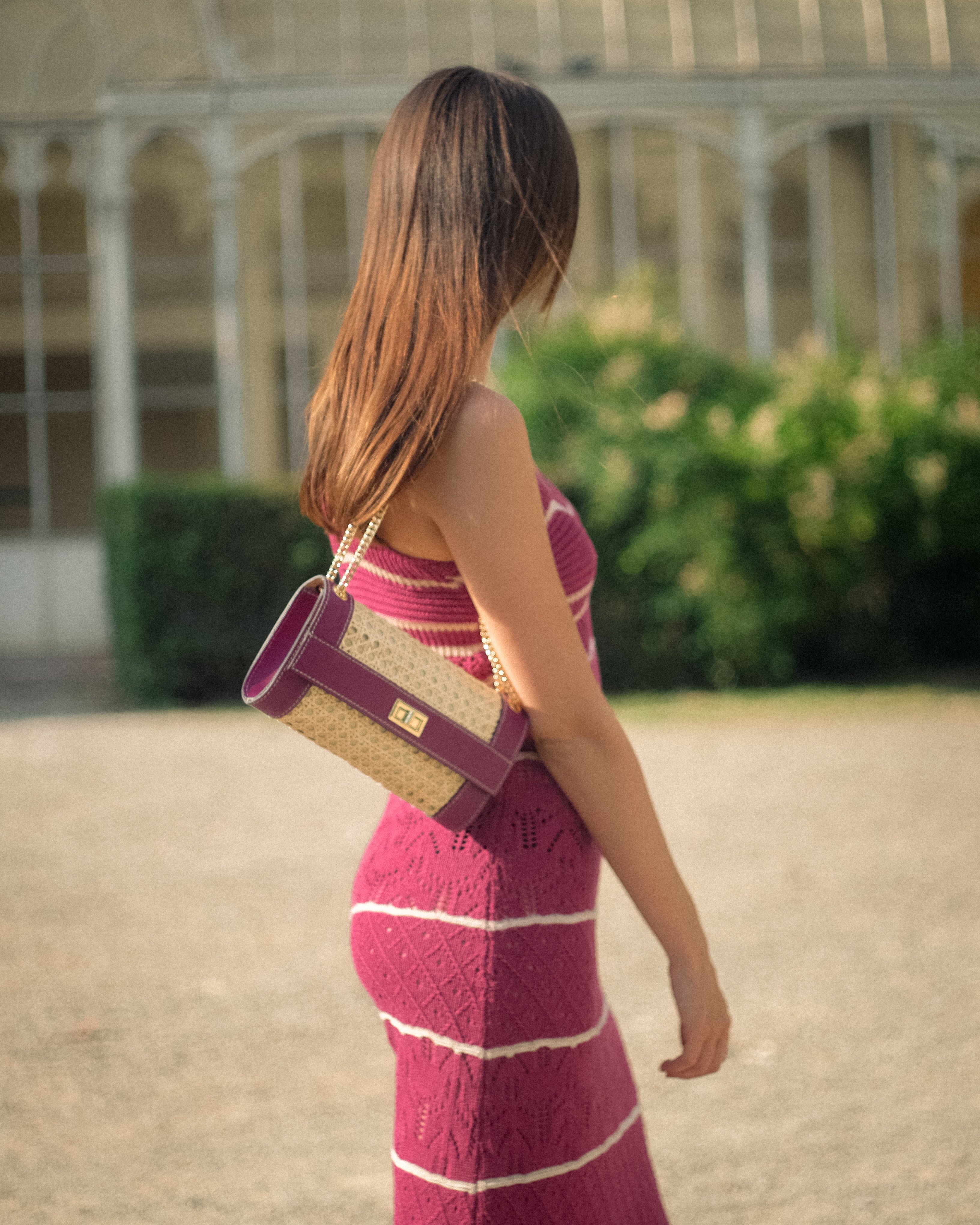
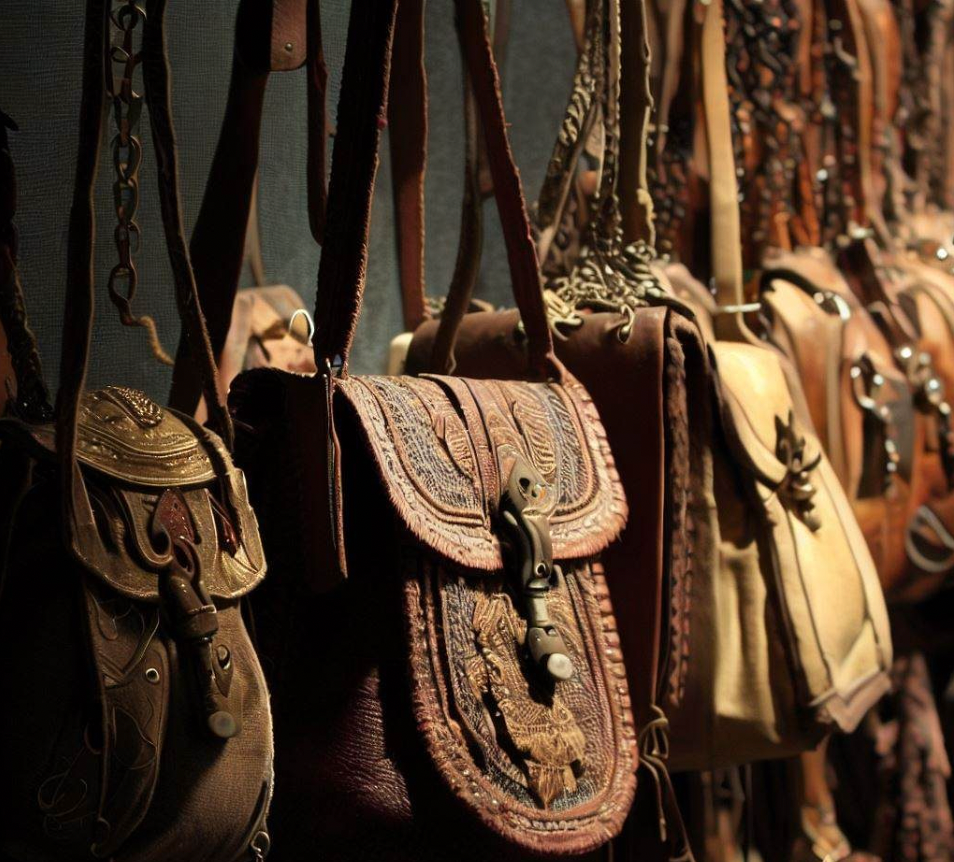
Leave a comment
This site is protected by hCaptcha and the hCaptcha Privacy Policy and Terms of Service apply.